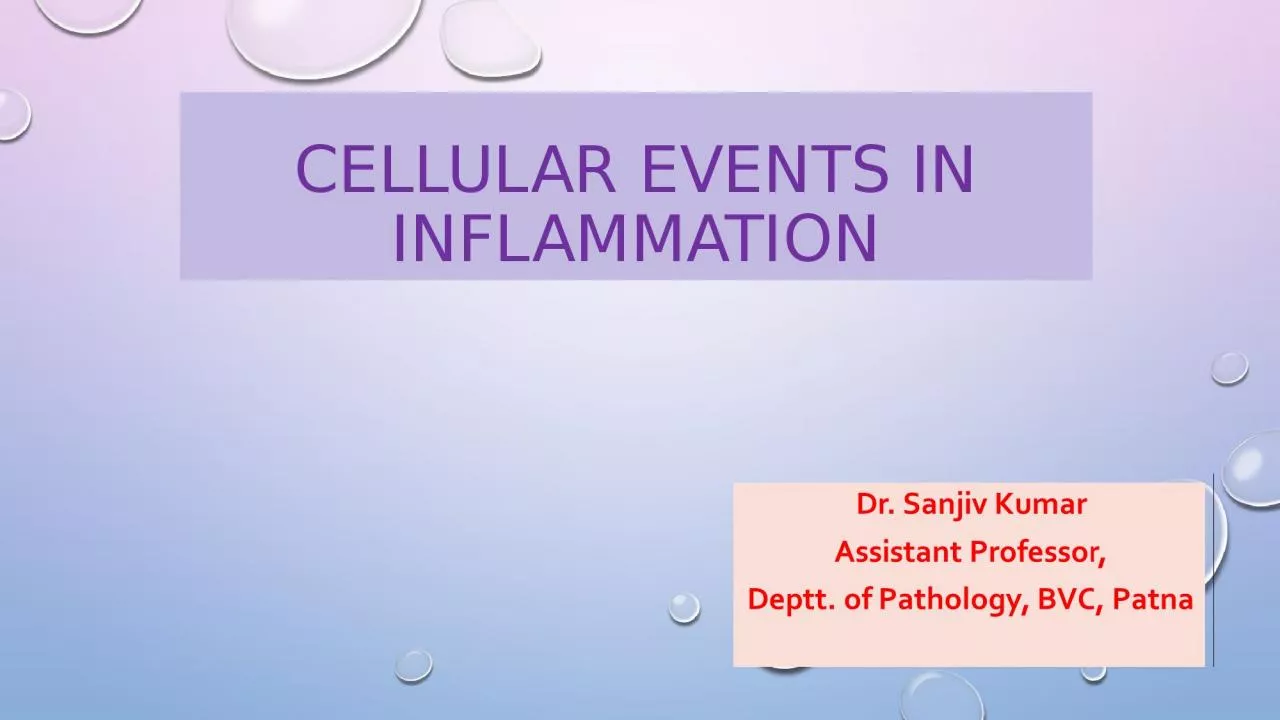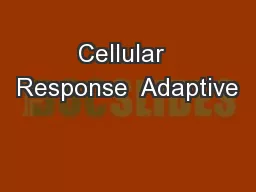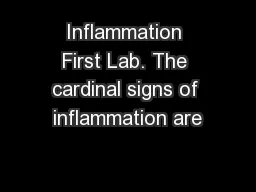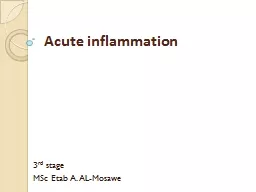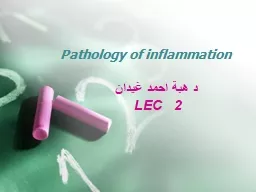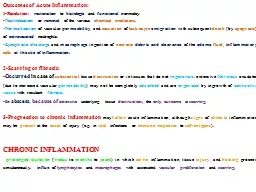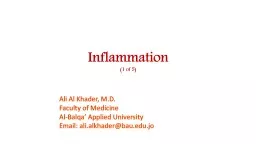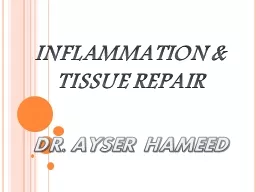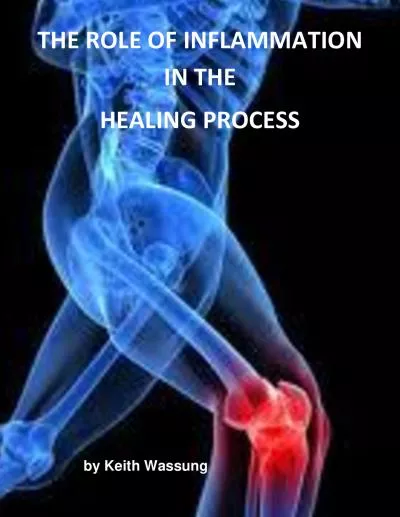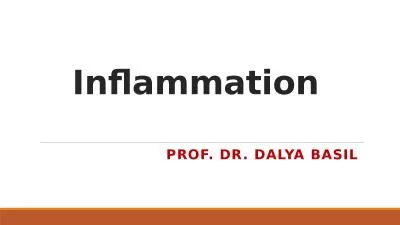PPT-cellular events in inflammation
Author : martin | Published Date : 2022-06-11
CELLULAR EVENTS The cellular events in inflammation were clarified by the R ussian biologist E lie Metchnikoff in 1884 He named macrophages g Macro large phage
Presentation Embed Code
Download Presentation
Download Presentation The PPT/PDF document "cellular events in inflammation" is the property of its rightful owner. Permission is granted to download and print the materials on this website for personal, non-commercial use only, and to display it on your personal computer provided you do not modify the materials and that you retain all copyright notices contained in the materials. By downloading content from our website, you accept the terms of this agreement.
cellular events in inflammation: Transcript
Download Rules Of Document
"cellular events in inflammation"The content belongs to its owner. You may download and print it for personal use, without modification, and keep all copyright notices. By downloading, you agree to these terms.
Related Documents

